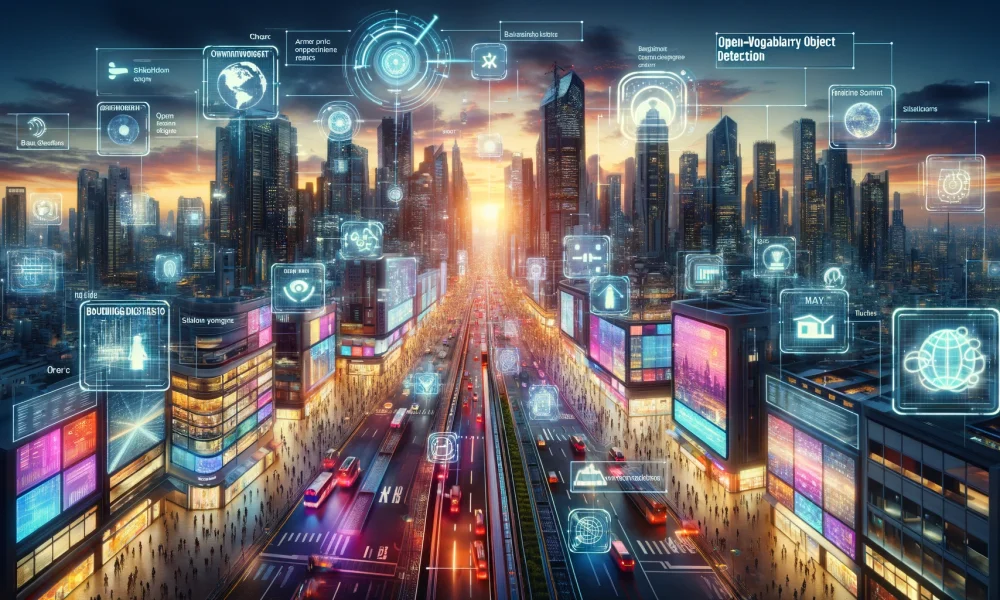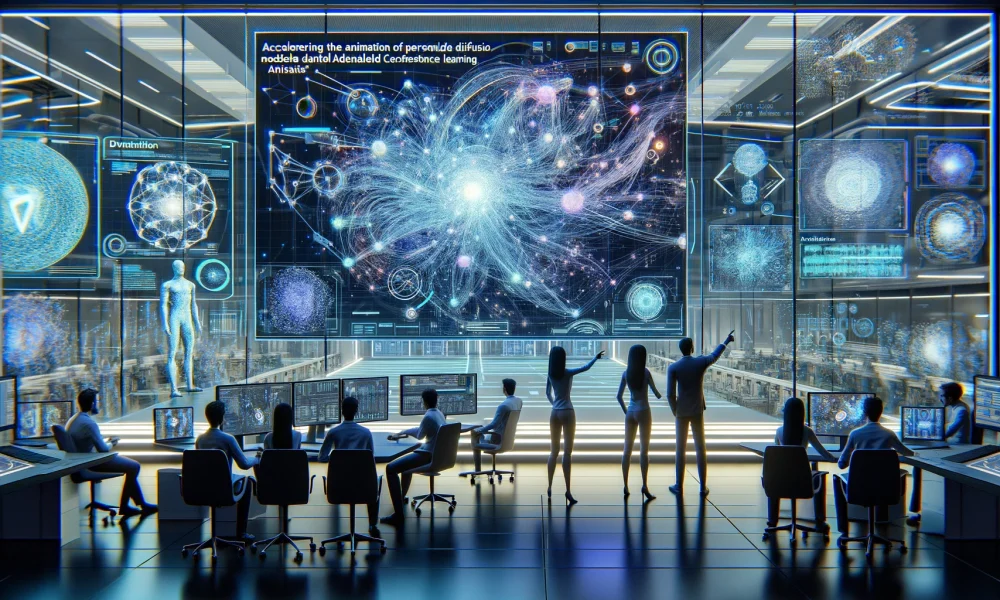Unleashing the Potential of AI: LXT’s Report on the Path to AI Maturity
In a digital age dominated by the wonders of artificial intelligence (AI), LXT’s latest report, “The Path to AI Maturity,” shines a spotlight on the transformational journey that businesses are undertaking to embrace and leverage AI technologies. This insightful executive survey not only tracks the rapid integration of AI across various industries but also sheds light on the emergence of generative AI technologies that are reshaping the future of business operations.
The Impact of ChatGPT and the Evolution of AI Maturity
The introduction of ChatGPT in November 2022 marked a watershed moment in the AI landscape, propelling enterprises into a new era of AI integration. Organizations are no longer merely experimenting with AI; they are strategically embedding it into their core operations, viewing AI as a fundamental driver of innovation, efficiency, and competitive advantage.
Exploring the Five Levels of AI Maturity
LXT’s survey, drawing insights from senior executives of mid-to-large U.S. organizations, uncovers the nuanced journey of AI maturity through five critical levels:
Level 1: Awareness
Level 2: Active
Level 3: Operational
Level 4: Systemic
Level 5: Transformational
The report reveals a significant shift towards operational maturity post the advent of ChatGPT, with a 24% year-over-year increase in organizations transitioning from “Experimenters” to “Maturing” entities. In fact, a notable 32% of surveyed organizations have reached the operational stage, where AI is actively creating value in production environments, driving organizational efficiency and productivity.
Key Insights and Trends in AI Adoption
The report highlights several key findings that underscore the transformative power of AI within enterprises:
– Over 66% of organizations are investing over $1M annually in AI technologies, demonstrating a strong commitment to leveraging AI for business innovation.
– Notably, 72% of surveyed organizations have reached the highest levels of AI maturity, with AI ingrained in their operations and culture.
– Risk management has emerged as a primary motivator for AI implementation, reflecting the strategic shift towards enhancing organizational resilience.
– Search engines, speech & voice recognition, and computer vision lead in AI deployment, showcasing the diverse applications of AI technologies.
– Predictive analytics and search engines offer high returns on investment, driving business insights and enhancing user experiences.
– Generative AI has gained prominence, driving innovation through new content creation, albeit with challenges related to security and accuracy.
– The demand for quality training data is on the rise, with organizations recognizing the critical role of data in training accurate AI models.
– AI strategy and training data constitute significant allocations within AI budgets, emphasizing the importance of strategic planning and data quality in AI initiatives.
Navigating the Future of AI Integration
As AI continues to revolutionize business operations, staying informed about AI developments is crucial for organizations seeking to harness AI’s transformative potential effectively. The “Path to AI Maturity” report serves as a valuable resource for those navigating the complexities of AI integration, offering insights into the evolving landscape of AI adoption and the strategic imperatives driving AI maturity.
H2: What is the significance of AI Maturity in 2024?
H3: – AI maturity in 2024 is crucial for companies to stay competitive in the rapidly evolving digital landscape.
– It allows businesses to harness the full potential of AI technologies to drive innovation and transformation.
H2: What are the key findings of the report ‘The Path to AI Maturity 2024’?
H3: – The report highlights the growing importance of AI in driving corporate transformation.
– It identifies the key challenges and opportunities for businesses looking to enhance their AI capabilities.
H2: How can companies accelerate their AI maturity by 2024?
H3: – Companies can accelerate their AI maturity by investing in AI talent and technology.
– Developing a clear AI strategy and roadmap is essential to achieving AI maturity by 2024.
H2: What are the benefits of achieving AI maturity by 2024?
H3: – Companies that achieve AI maturity by 2024 can gain a competitive edge in their industry.
– It enables businesses to drive innovation, improve decision-making, and enhance customer experiences.
H2: How can businesses measure their AI maturity progress in 2024?
H3: – Businesses can measure their AI maturity progress by assessing their AI capabilities against industry benchmarks.
– Regularly reviewing and updating their AI strategy can help companies track their progress towards achieving AI maturity by 2024.
Source link






